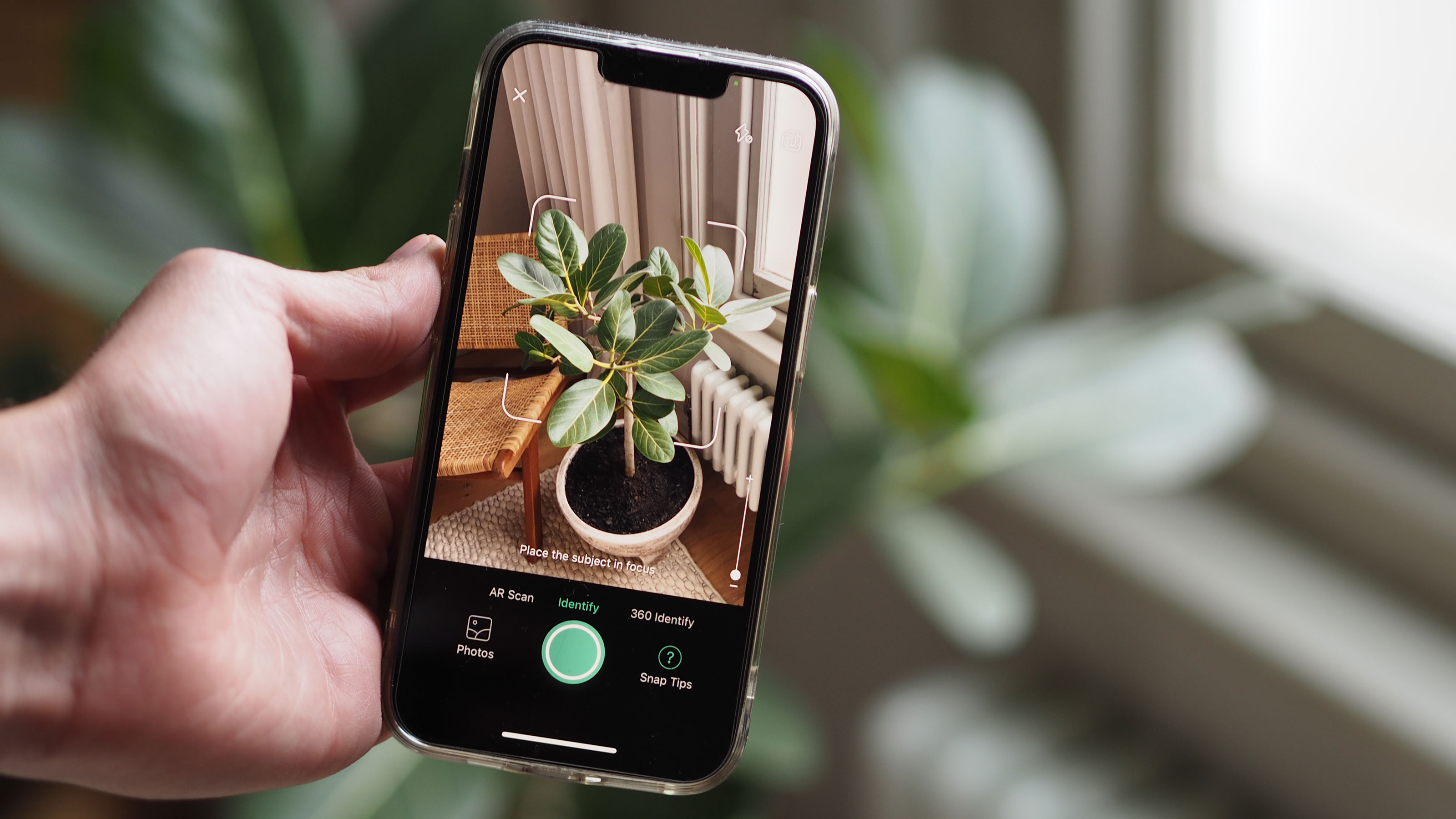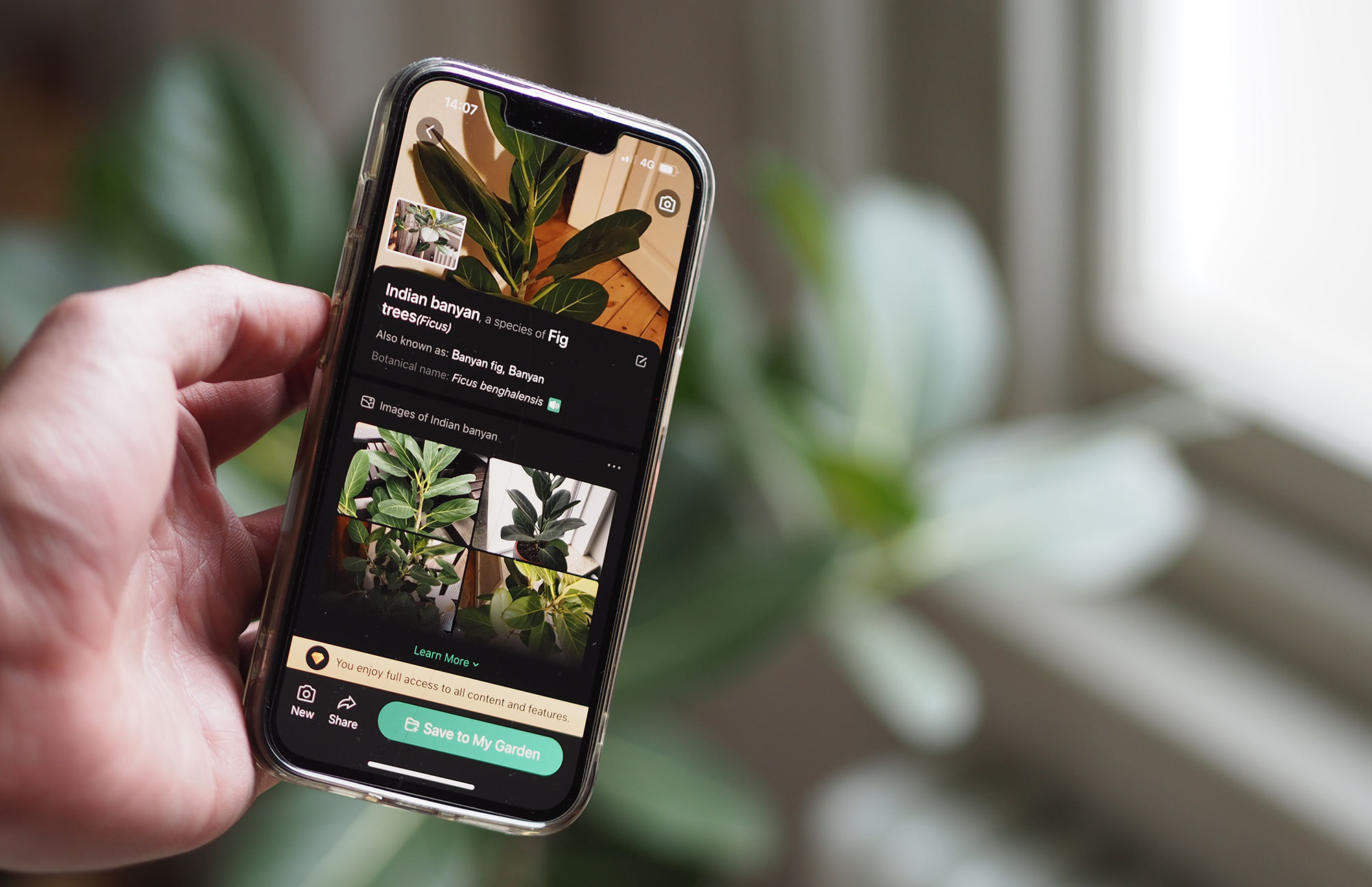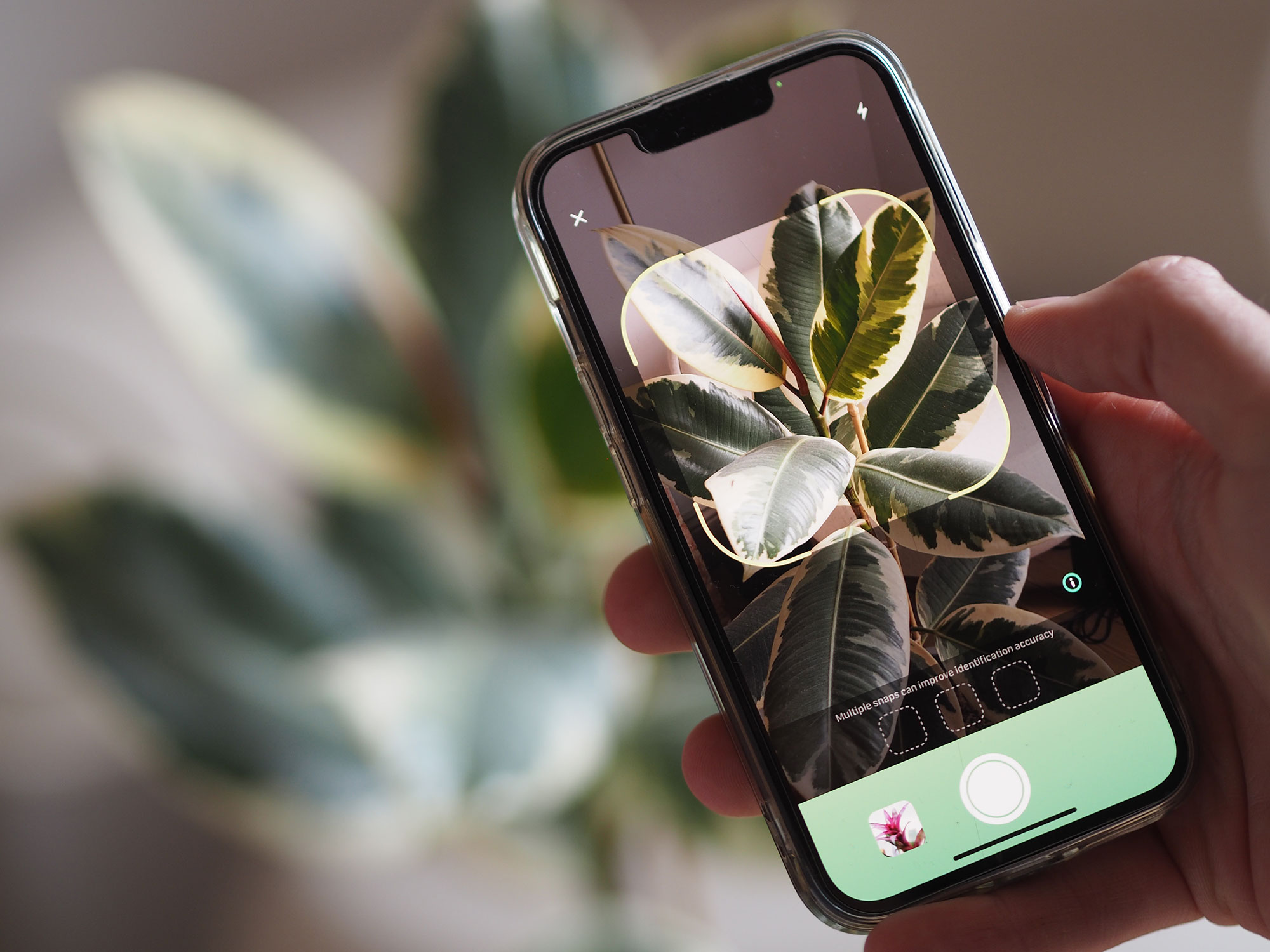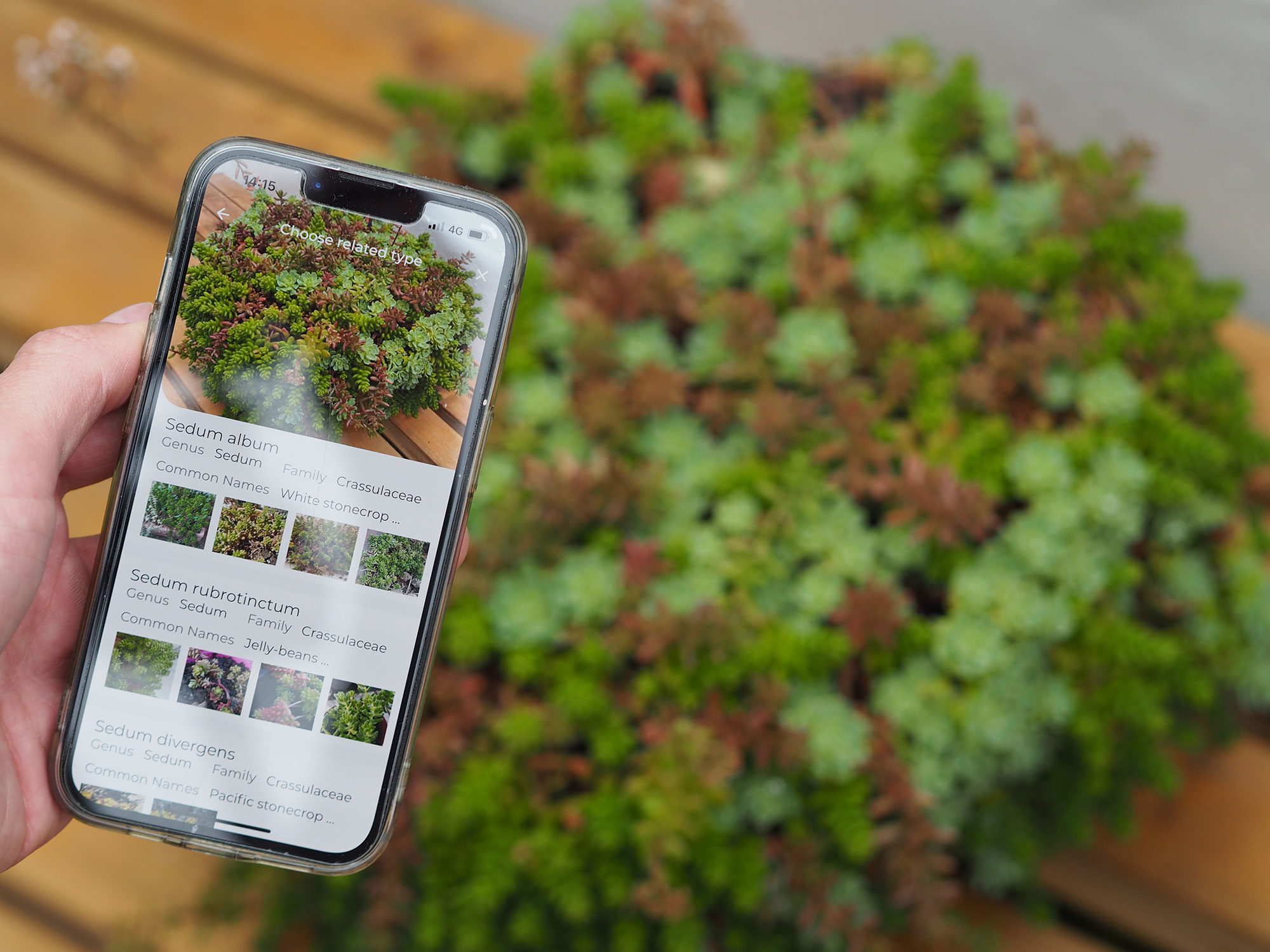5 of the best plant identifier apps to help keep your plants lush, green and healthy
The best plant identifier apps to download now to help you keep your precious plants happy and looking their best


Plant identifier apps are a great way to keep on top of your plant care and should be on the phone of any green-fingered budding gardening who is trying to keep a house and garden bursting with nature. Unlike the method of diagnosing your plant using endless and often contradicting information from the internet or books, a plant identifier app can hone in on the problem with your plant specifically, meaning they offer an immediate and highly personalized service.
There are all sorts of other functions too, from alerts on your phone, to keeping a logged catalogue of your plants, to scientific genus and Latin names to impress your fellow plant-loving friends with. They make plant care easy, meaning that you can look beyond just the best houseplants for beginners and get all the advice you need.
To really get to grips with the differences between the apps, we tried out five of the best in the business to find out the extent of what they offer.
What are the best plant identifier apps
If you've ever wondered why one of your favorite plants is looking limp and lifeless, want to find out how often you should water your houseplants or what the name of the rose bush in your neighbour's garden is, a plant identifier app might be the right tool for you.
But there are so many plant identifier apps out there for you to pick from so finding the app that is right for you and your plants is a tough call. To get to grips with them, we look at how the apps work in terms of diagnosis, reminder tools, the breadth of plants the app can diagnose, and how the apps gather data.

1. PictureThis
PictureThis has cleverly developed drastically over the years, taking in more and more information and distinguishing plants from each other by using and comparing images that users have submitted. The app works to identify plants, flowers, trees using an AI-driven system, meaning you can snap a photo of your problematic plant, and it will diagnose your plant and its problems in seconds.
There is the option to make notes, set reminders for watering, and you can scroll through all your plant's needs. There is even the option to get more personalized advice from botanists in one-on-one conversations and read poems about your plant.
The Livingetc newsletters are your inside source for what’s shaping interiors now - and what’s next. Discover trend forecasts, smart style ideas, and curated shopping inspiration that brings design to life. Subscribe today and stay ahead of the curve.

2. iNaturalist
For a plant identifying app with a social network edge, iNaturalist helps people come together over plants and nature, through the platform of technology. With the priamary goal to connect people to nature and generate biodiversity data through mass logging, iNaturalist is more than just a plant identifying app, it's a community of over a million budding scientists and naturalists.
When identifying, you can take or import a photo and view the most visually similar species matches to get more information. There is also the option to get feedback from the iNaturalist community, encouraging you to start a conversation about what you saw. Each identification is connected to the tree of life, which means you can search with ease.
A drawback is that you don't get the immediate diagnosis tool which other apps give you.

3. Blossom
The Blossom app offers a tailored experience that can be suited to beginners, intermediates or advanced gardeners. You start by snapping three angles of the plant so it can really get the diagnosis right. Once diagnosed, you can add your plant to your virtual garden. There is a diagnose tab where you can learn how to treat a plant problem.
The app will tell you what the issue could be, but not necessarily what the issue with your specific plant is, so it provides a good basis for further research, but not a solid solution. There is also the option to add reminders and you can connect to weather alerts so you know whether rain is coming, in which case you might want to take some of your plants outside for a watering, or a hot spell, in which case your indoor plants might like a trip outdoors to soak up the sun.

4. Leafsnap
The Leafsnap app allows you to take a photo before you choose a related type split into four categories - leaf, flower, fruit or bark. You are then given a range of options of various plants, and the user must click on the image that most looks like their plant. You'll then be given a full fact file on your plant, from the family it belongs to top tips for how to grow, how much soil, light, humidity your plant needs and it's biggest threats from pests and disease. The diagnosis isn't tailored specifically to your photo, but acts as a handy guide. You can add reminders to a plant calendar, track upcoming tasks and create your own plant collection.

5. SmartPlant
Unlike the other apps which uses data to identify your plant, the Smartplant app connects you to gardening gurus who can diagnose or fill you in on what your plant is and what it needs. There is a basic model that is free with the app that gives you credit for plant identifications, but an upgrade means you have unlimited chat with the gardening professionals. As soon as you have inputted your photo and your submitted question has been answered, you will receive care notifications to help you maintain, spot any issues and avoid them.
You can keep all the plants that you have identified by creating a digital garden within the app, with all your comments and notes in one place.
How much do plant identifier apps cost?
The majority of plant identifier apps are free to download, however, they often require a subscription to use or have a premium tier which provides more usability. All of these plant apps offer a free trial of between three and seven days with full functionality, so you can make a decision on which you'd like to use.
After that, you'll need to pay for all the apps functions. You can choose whether you pay on a monthly or annual basis. The majority of these apps cost between $30-$45 dollar for a full year on a premium package.
There are some free platforms, such as iNaturalist featured here, but these often rely on a community-led plant identification and plant care, meaning that you don't get an instant ID of your plants.

Former content editor at Livingetc.com, Oonagh is an expert at spotting the interior trends that are making waves in the design world. She has written a mix of everything from home tours to news, long-form features to design idea pieces, as well as having frequently been featured in the monthly print magazine. She is the go-to for design advice in the home. Previously, she worked on a London property title, producing long-read interiors features, style pages and conducting interviews with a range of famous faces from the UK interiors scene, from Kit Kemp to Robert Kime. In doing so, she has developed a keen interest in London's historical architecture and the city's distinct tastemakers paving the way in the world of interiors.